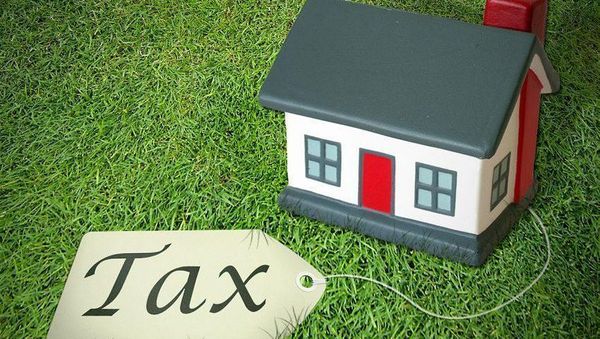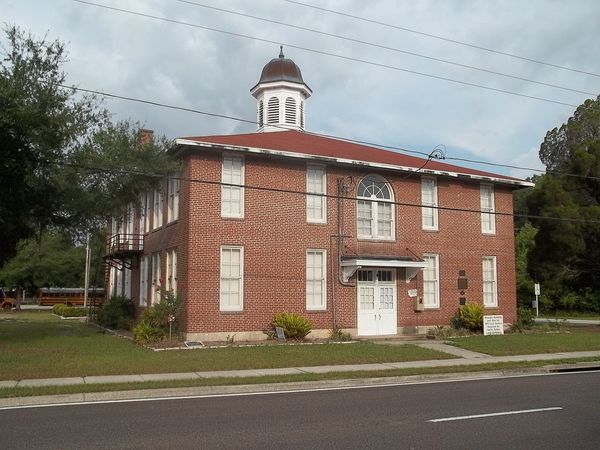Every estate plan should include a deed as part of the overall strategy to protect assets and maximize the transfer of wealth. A deed can help ensure that property is owned in the right name, transferred correctly, and documented appropriately. Let’s talk about the important role of the deeds in this article!
What Are Deeds?
Deeds play an important role in estate planning and asset protection. Deeds are used to transfer ownership of real property such as land, buildings, and homes from one person or entity to another. This legal document is also used to create trust agreements, wills, and living trusts that can help protect your assets after death.
Thus, there are common types of deeds used in every state, such as quitclaim deed, warranty deed, etc. If you live in such states as Florida, Michigan, Texas, Vermont, or West Virginia, you may also consider using a lady bird deed as a part of your estate planning.
This document (officially called an enhanced life estate deed) ensures that the owner of a property has full control over it during their life and that the beneficiary can automatically take ownership of the real estate after the owner’s death. You may find a free lady bird deed form as well as templates for other types online to fill them out on your own or just become acquainted with the basics.
When creating a deed for estate planning and asset protection purposes, there are certain information that must be included. This includes:
- the names of the grantor (the person transferring the property) and grantee (the person receiving the property)
- their addresses
- a legal description of the property being transferred.
The deed should also include restrictions or conditions for the transfer, if any, and a provision that states who has ultimate authority over the property in the event of death or incapacitation.
Once completed, all parties must sign the deed in order to make it legally binding. Depending on the situation, there might be a need for witnesses to be present when signing as well. It is also important to have the deed recorded in the public records, such as with a county clerk or recorder's office, in order to ensure it is legally binding and enforceable.
What Is the Purpose of a Deed?
By creating a deed for estate planning and asset protection purposes, individuals can ensure that their wishes are carried out according to their specifications and that their assets are adequately protected. A well-crafted deed can help ensure that your assets are distributed according to your desires and that they remain in the hands of those you trust. To make sure your wishes are followed properly, it is important to consult an experienced estate planning professional or lawyer who can assist with creating a valid and legally binding deed.
On top of estate planning and asset protection, deeds can also be used for a variety of other purposes. These include:
- transferring ownership of business entities
- changing the title or ownership of assets
- creating joint tenancy agreements.
For these reasons, the role of deeds in estate planning and asset protection is essential. Knowing how to properly create and execute the right deed can ensure that an individual’s assets are protected and transferred as intended.
How to Craft a Deed Properly
The deed is the most important document you’ll create when transferring property. Crafting a deed requires precision and attention to detail, so it’s essential to understand all of the necessary elements involved in creating an effective deed. Here are some tips for crafting a proper deed:
- Gather All Relevant Information: Before crafting your deed, you’ll need to gather information about the property, such as its legal address and description. You will also need to include details about the grantor (the person transferring ownership) and the grantee (the person receiving ownership), including their full names, addresses, marital statuses, and signatures.
- Choose an Appropriate Form of Deed: There are several types of deeds, each with its own purpose and format. Common forms include a quitclaim deed, warranty deed, and special warranty deed. It’s important to choose the form that best suits your purposes.
- Write a Clear Property Description: Your property description should be as clear and detailed as possible, including all necessary details such as legal address or acreage.
- Include All Necessary Requirements: Make sure to include all of the necessary requirements for your deed, such as a valid notary public signature and witnesses (if applicable).
- Have Your Deed Reviewed by an Attorney: Having a lawyer review your document will ensure that everything is in order before you sign it. This step can help prevent any future complications down the line.
By following these tips, you can craft a deed that is legally valid and binding. Taking the time to ensure all of the necessary elements are in place will make for a smooth transfer of ownership and protect everyone involved.
Some Other Tips to Take Into Account
To properly craft a deed, individuals should consult an experienced attorney or estate planning professional who can help them create a legally binding document tailored to their needs and goals. The lawyer will be able to provide advice on the type of deed that is most appropriate for the situation as well as ensure that all legal requirements are met.
Additionally, it is important to remember that crafting a deed is only one part of the estate planning and asset protection process. Other steps such as creating trusts, drafting wills, and establishing power of attorney agreements should also be taken to ensure that an individual’s wishes are followed in the event of death or incapacitation.
By taking the time to create a valid and legally binding deed, individuals can rest assured knowing their assets will be protected and transferred as intended. With the help of an experienced lawyer, crafting a deed can be part of a comprehensive estate plan that ensures an individual’s wishes are followed properly.
The Bottom Line
Deeds are one of many tools available to help individuals protect their assets and plan for the future. It is important to work with an experienced estate planning and asset protection attorney to determine which tools are best for a particular situation. By utilizing the right tools, individuals can ensure that their assets will be protected and distributed according to their wishes. With the right deed, individuals can ensure that their legacy lasts long after they’re gone. Ultimately, deeds play an important role in estate planning and asset protection.






